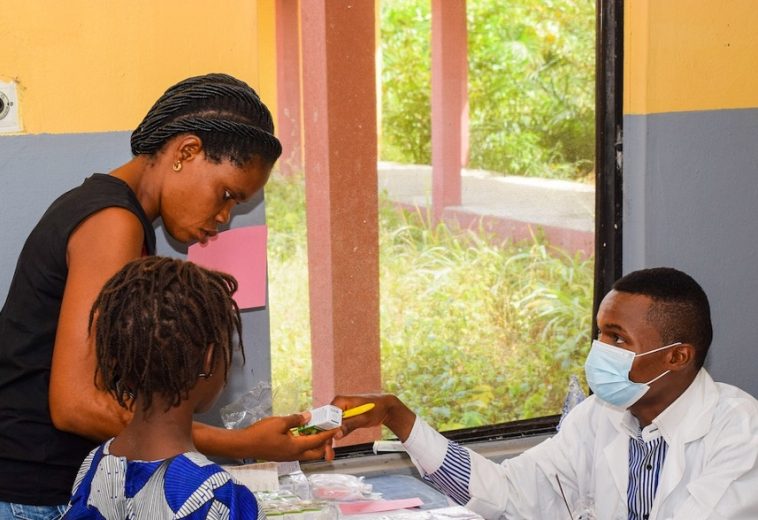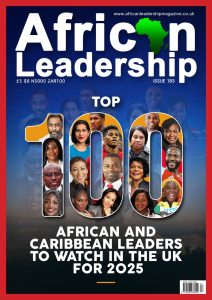African cities showcase vibrant and diverse street style trends that blend local cultures with global influences. Johannesburg, Lagos, Accra, and Nairobi are particularly renowned for their stylish street fashion.
According to PWC, the global streetwear market represents about 10% of the overall apparel and footwear market, with sales reaching approximately $185 million. This sharp growth is encouraging, especially considering that streetwear originated on the fringes of the fashion industry, influenced by counter-cultures from the 1980s and 1990s, such as hip-hop and skateboarding.
In Africa, a new generation of creators is emerging, driven by a community of like-minded young people. Skateboarders, graffiti artists, DJs, painters, content creators, influencers, and street performers are all contributing to this vibrant scene.
While streetwear has remained a niche interest until recently, it is increasingly becoming mainstream. The streetwear sector in Africa has seen significant growth, driven by the continent’s youth, who have incorporated Western influences into their styles. However, this movement has evolved beyond mere imitation of Western culture.
Similar to how hip-hop birthed American streetwear brands like Phat Farm and FUBU (For Us, By Us) in the 1990s, African streetwear is deeply connected to the underground music scene and skate culture. This fusion allows for a unique expression of identity. For instance, Afrobeats artist Asake has made considerable efforts to integrate streetwear fashion into his latest album, Lungu Boy, through his songs and music videos. Additionally, platforms like WeTalkSounds have launched their streetwear collections, garnering positive responses from the culture and the public.
The youth in Africa are increasingly embracing “Made-in-Africa” fashion, with individuals under 25 accounting for 50% of this trend. Furthermore, the continent is witnessing substantial growth in online shopping, thanks to the digital revolution, which has expanded the reach of African fashion.
The Oxford Committee for Famine Relief (OXFAM) estimates that 128 million people could escape poverty if regions such as Africa, East Asia, South Asia, and Latin America increased their shares of global exports by just 1%.
READ ALSO: Afrobeats Takes Center Stage: A Week of Stellar Releases
Street fashion is playing a vital role in boosting the African economy. The textile and clothing industry is already the second-largest employer on the continent, after agriculture. For example, in Kenya, each job in the garment sector creates five additional jobs in related industries.
Africa’s geographic location also provides a strategic advantage over Asian manufacturers. With shorter shipping routes to European and American markets, African-made clothing can reach consumers more quickly. A shipping container can travel from West Africa to Western Europe in just three weeks, and to the East Coast of the United States in about a month.
African streetwear is a vibrant and energetic trend that is gaining recognition worldwide. As it continues to develop, we can expect to see even more creative and fashionable streetwear styles emerging from the continent’s dynamic cities.




